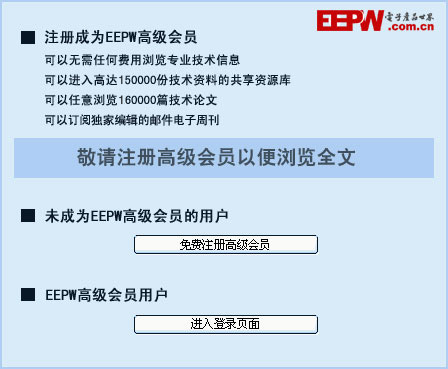SmallAntennasfor300MHzto450MHzTransmitters
Small Antennas for 300MHz to 450MHz Transmitters
Larry Burgess
Abstract: This application note details the variety of antennas that are used in today's handheld transmitter applications, such as remote keyless entry (RKE) systems, tire pressure monitors (TPMs), garage door openers, home security sensors, or even TV remote controls. This application note discusses loop/whip, raised-strip/"paper-clip," conventional whip, helix, and patch antennas, and presents networks for matching them to Maxim's transmitters.
IntroductionAntennas for transmitters that are used in remote keyless entry (RKE), tire pressure monitors (TPMs), garage door openers, home security sensors, and TV remote controls need to fit in very small packages. Because of this, almost all antennas used in these applications are electrically short (i.e., the dimensions are 0.1 wavelengths or shorter). This application note describes how these antennas are formed and gives estimates of their impedances.
Antenna TypesPrinted Circuit Board Loop or Whip AntennaA printed circuit board loop or whip antenna is a circular, elliptical, square, or rectangular trace src="/data/attachment/portal/201007/ET33476201007230254441.gif">
Figure 1. PCB loop or whip antenna.
A versatile antenna is a loop that does not end with a short to ground, but instead ends with a pad/connection that can be opened or shorted to ground. The pad may be populated with an inductor or capacitor to assist in the proper frequency tuning of the antenna.
A small loop with the typical dimensions of a handheld transmitter (2cm to 5cm per side) has an inductance of 30nH to 100nH and an equivalent series resistance of a few ohms. In theory, the series resistance is less than src="/data/attachment/portal/201007/ET33476201007230254442.jpg">
Figure 2. Raised-strip antenna.
The impedances of raised-strip antennas are very similar to the impedances of printed antennas.
Conventional Whip AntennaSome handheld devices have room in another direction for a conventional whip or "stub" antenna. This is usually a 2cm to 5cm wire, sometimes covered with a protective dielectric material. It can be an off-the-shelf (OTS) antenna with performance data or a "do-it-yourself" piece of metal. The OTS antennas have more repeatable impedance characteristics than some of the PCB antennas, which may be because these antennas experience more internal losses to make their resistance larger. Some of the larger OTS antennas may have impedances that are close to 50Ω with no reactance (capacitance or inductance). They may also have an internal inductor that can tune out capacitance. Figure 3 shows two stand-alone whip antennas.
Figure 3. Stand-alone whip antennas. (Pictures courtesy of Antenna Factor.)
Helix AntennaA helix antenna looks very much like a thick whip antenna. It is usually a coil of thin wire with a length of 2cm to 5cm, an example of which can be seen in Figure 4. Many users wind their own coils for their applications. There are also OTS versions of helix antennas. Most of these helix antennas have impedances that are 20Ω to 50Ω real and almost 0Ω imaginary (i.e., having no capacitance or inductance). The rationale for these values is that the inductance of the winding cancels the inherent capacitance of the whip antenna. Helix antennas are easy to match, but they do not radiate any better than other antennas of equal size.
Figure 4. Helix antenna. (Picture courtesy of Antenna Factor.)
Patch AntennaPatch antennas are rarely used at 300MHz to 450MHz, because the conventional dimensions of these antennas are usually src="/data/attachment/portal/201007/ET33476201007230254445.gif">
Figure 5. Generic matching network for transmitters that employ loop, whip, helix, or other common antennas.
Figure 6 shows a matching network for a small PCB loop antenna. The value of the series capacitor, C4, is chosen to tune out most (but not all) of the inductance of the loop. This inductance transforms the small series resistance up to a more manageable resistance for the rest of the network.
Figure 6. Matching network suggestions for a PCB loop antenna.
MAX7044 pdf datasheet



评论